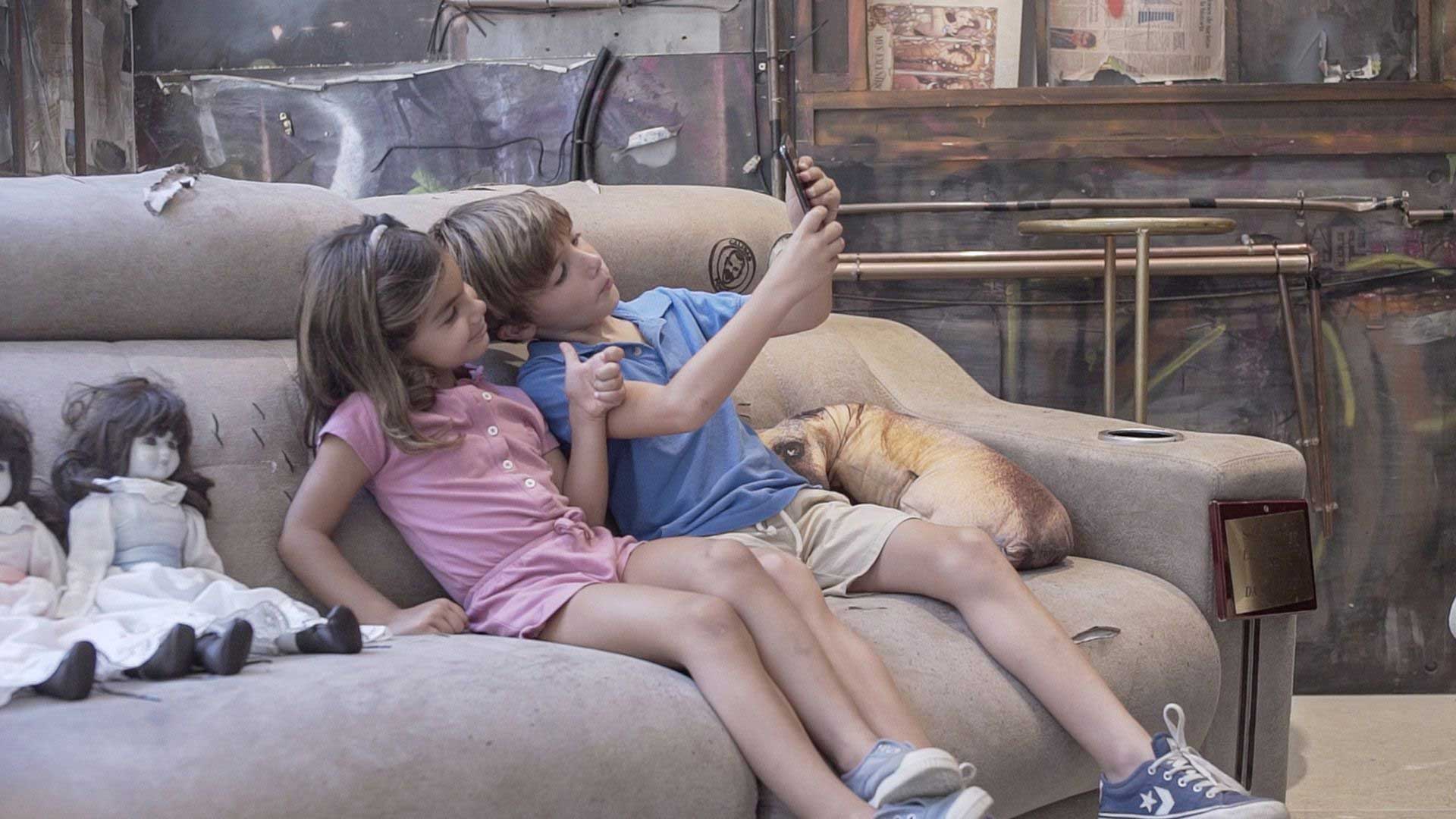Mixed Reality: Definition, characteristics and examples
What is Mixed Reality?
First came central data processing systems, then personal computers, then smartphones. Now, we are at the beginning of the new wave of computer science: Mixed RealityTheir goal? To make the most powerful computers fit in the temple of a pair of glasses and, what's more, screens are no longer needed - welcome to the new human-machine interaction!
But where does this new wave of technology come from? The Mixed Reality is the immersive technology that seeks to combine in the same device the interaction of Virtual Reality with the visual power of Augmented Reality. That is to say, to unite the best of both technologies in one to merge the real world with the virtual world. Where user interaction with both worlds at the same time and in real time are the key points provided by this new technology.
The concept of Mixed Reality first appeared in 1994 thanks to Paul Milgram and Fumio Kishino. Both defined Mixed Reality as a technology that allowed at the same time: introducing a real object/person into the virtual world and introduce a virtual object/person into the real world.
Differences between Augmented Reality, Virtual Reality and Mixed Reality
Mixed Reality is just one of the immersive solutions encompassed within the Extended Reality. A series of technologies to which Augmented Reality and Virtual Reality also belong. Their origins and software are different, but their objective is similar: eliminating the barriers between the real and the virtual.
The Virtual Reality could be defined as the technology capable of immersing us in totally artificial 3D alternative worlds. In addition, the Virtual Reality has a thriving future.
The Augmented RealityOn the other hand, rather than transporting users to other virtual worlds, it allows "augmenting" the real world thanks to the superimposition of digital elements that complement and enrich it, visible to users through the screens of mobile devices.
You may be interested in→ Differences between Augmented Reality vs. Virtual Reality
Finally, the Mixed Reality is the result of the combination of the two previous technologies, where users can interact with these digital elements superimposed on the physical world - or physical elements superimposed on the virtual world.
Discover our Mixed Reality service for companies.
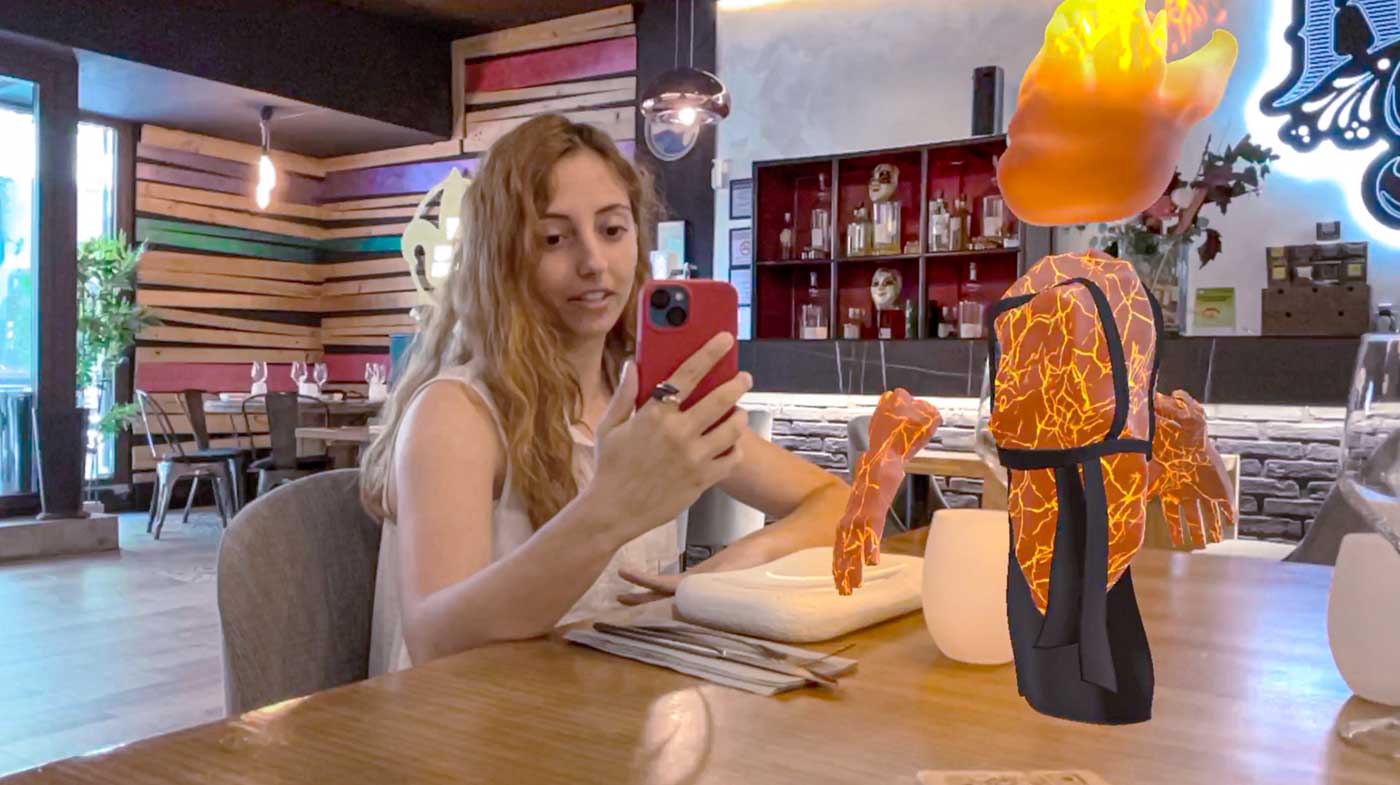
Characteristics of Mixed Reality
Having seen what the differences are between the three 'realities' of Extended Reality, let's see in more detail some of the characteristics that make Mixed Reality unique.
- Fusion between the physical world and the virtual world. While Augmented Reality allows virtual elements to be visible in the real world, Mixed Reality goes one step further, allowing for the interaction of the user with these elements and also the interaction of these virtual objects with the environment. Where you no longer simply see them, but feel that the virtual elements are part of the real environment.
- Devices. Like the other immersive technologies of Extended Reality, Mixed Reality needs a device to generate the interaction. Specifically, the Mixed Reality requires a helmet or set of glasses that allows to see the real and virtual world. with the highest level of detail.
- In development. Undoubtedly, a characteristic that marks the Mixed Reality is a developing technology. Of the three immersive technologies of Extended Reality, Mixed Reality is the most recent of them all and its experiences, projects and devices have not yet reached the general public. However, it is the technology to which more and more companies are devoting their development resources.
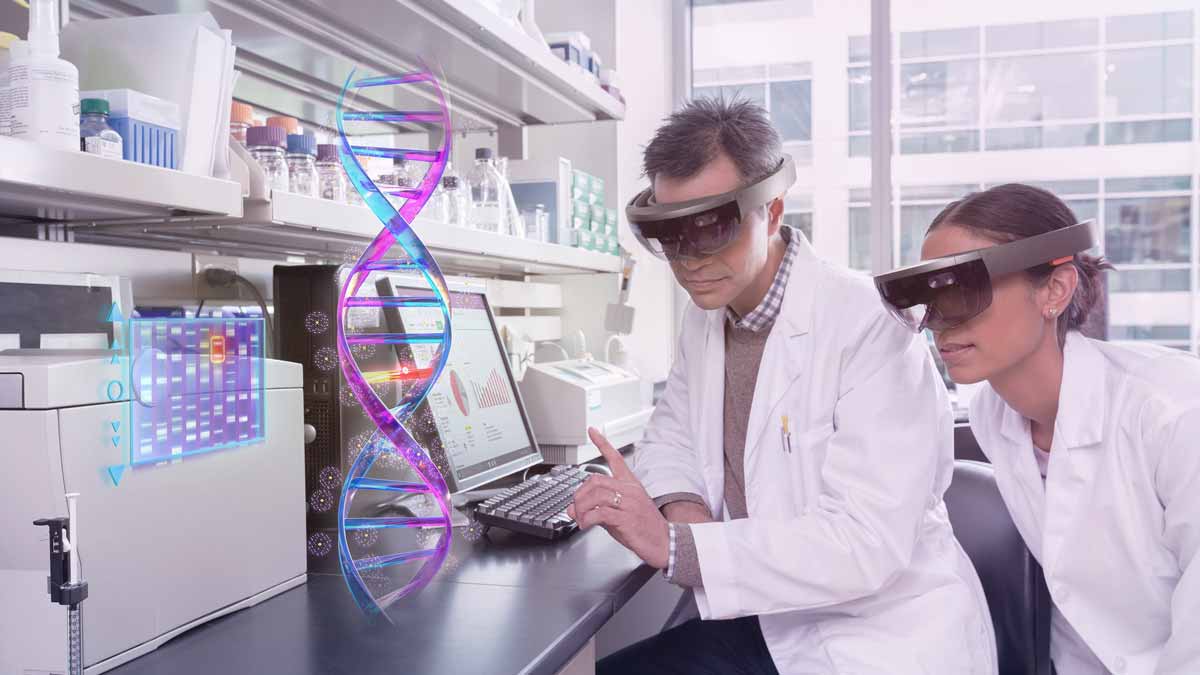
Advantages and disadvantages of Mixed Reality
Among the main advantages that the Mixed Reality technology offers:
- Eliminate physical limits. Mixed Reality allows us to visualize and interact with virtual elements, elements from the past, the future or other worlds, allowing us to dream and see things like we have never seen before.
- Multipurpose. Although still under development and refinement, it is known that Mixed Reality could impact a large number of fields and sectors thanks to its versatility.
- New products. The development of Mixed Reality drives the launch of new commercial products and services, creating new markets and boosting existing ones with new marketing proposals or experiences in sectors such as education, tourism or health.
- Facilitates information. Mixed Reality makes learning a more engaging, engaging and entertaining task by allowing the learner to immerse themselves in the subject matter, having the freedom to explore on their own and enhancing the tacit knowledge of "learning by doing".
However, Mixed Reality technology is still in the early stages of development, so there are still a few disadvantages.
- Experimental technology. Mixed Reality is in a development phase. It has some experiments and experiences developed, however its implementation is still in small technological and industrial circles. However, it is expected to reach the general public in the coming years.
- High price. As the technology and the devices that make it possible are still in the experimental phase, they have a high selling price. One of its main lines of action is to reduce costs in order to make the technology more accessible.
- Technical requirements. The fusion between the real and virtual worlds on which Mixed Reality is based requires powerful hardware to reduce errors and slowdowns, which is a significant cost.
- Lack of knowledge. Not many people outside the industry know about this technology and all its possibilities. That is why when developing Mixed Reality experiences it is necessary to explain to users what this technology consists of and what experience they are going to live. That is to say, to carry out a didactic and approaching work of Mixed Reality.
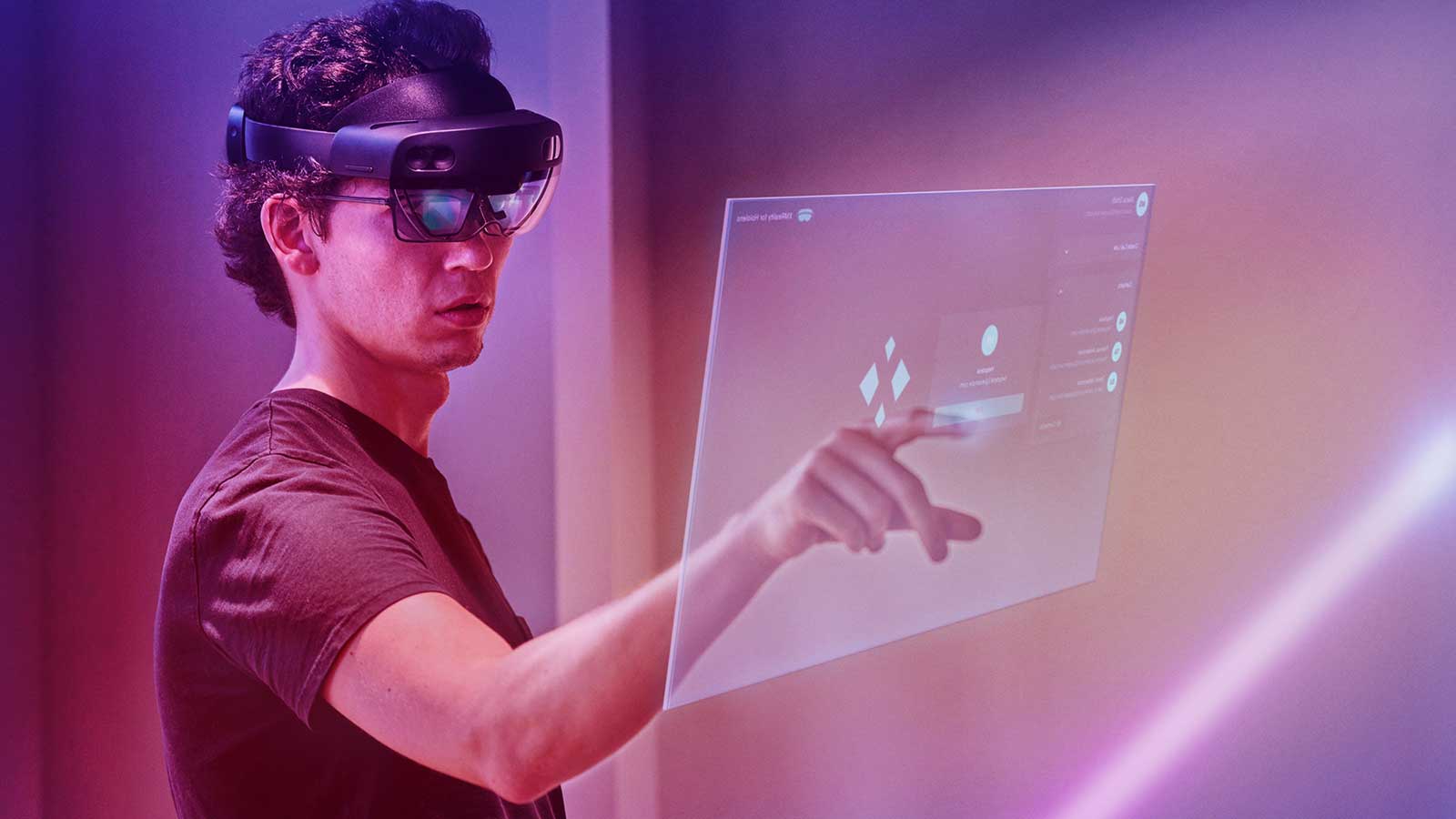
Mixed Reality Applications
Mixed Reality is a revolutionary technology that will shape the way we experience the digital world. Thanks to its ability to merge the real and virtual worlds, it gives us the possibility of new and exciting technological experiences.
In this context, the Mixed Reality applications have emerged for a wide range of sectors and industries, offering amazing potential to enrich our lives and revolutionize the way businesses operate.
We will now review some of the applications proposed, discovering how Mixed Reality is going to revolutionize the different sectors.
Application in the education sector
Mixed Reality makes that, more than ever, let's put into practice the learning by doing (learning by doing)turning the way we are used to learning upside down.
The immersion offered by this technology opens up a whole new range of educational experiences that facilitate knowledge retention and increase students' interest. Instead of viewing photographs on the projectors, three-dimensional models of outer space, parts of the body, historical moments or even the seabed can be shown as if they were in the classroom itself.
All this without losing touch with realityThis technology also breaks the barriers of distance. This technology also breaks the barriers of distance, being able to attend in first person to trainings anywhere in the world through the Mixed Reality glasses, sharing the classroom with students from all over the world.
Application in Marketing and Advertising
Mixed Reality, with its fusion of the real world with the virtual world, is becoming a new showcase and interaction channel for companies. All thanks to its immediacy, personalization and ability to excite and surprise the audience.
All of these features open up a new range of possibilities for the engagement and brand positioning, by creating new interactive and gamified experiences within the Interactive Product Content Management (IPCM)A new concept that has already emerged in the world of marketing and advertising, with Mixed Reality as one of its main exponents.
Retail and e-commerce application
In the retail and e-commerce sector, these immersive technologies offer the possibility of generating more innovative and interconnectedin both the digital world and the real world.
Through Mixed Reality, physical stores are being transformed with new and surprising phygita experienceslwhich comprise virtual elements such as additional information or model passes in real time and from the physical store itself.
On the other hand, Mixed Reality gives the opportunity for e-commerce to take the shopping experience beyond the screens. Allowing users to interact with the products as if they were already in their possession. For example, remodeling their rooms with 3D versions of the furniture, being able to change the color and rotate them to adapt them to their own space. This is a real innovation and improvement in the shopping experience.
Application in the Industry 4.0 sector.
The inclusion of Mixed Reality within industrial companies represents a revolution in control, training, error correction and decision making with 3D simulations and prototypes developed with the highest level of detail.
Thanks to the union of this immersive technology with the latest innovations of the Internet of Things (IoT), the ultimate communication human-machineThe real-time, accurate and precise display is a reality by superimposing notifications, texts, diagrams and videos on top of the machinery. Freeing up the hands of professionals and allowing them, through the Mixed Reality glasses, always have at their disposal updated information in real time.
It is also an essential technology for the training of industrial professionals with much more advanced training and simulators. accurate and realistic.
Another advantage is the ability of the Mixed Reality to eliminating barriers between the digital and the real, reducing the need for physical presence in offices. Creating experiences between physical and virtual where to socialize and work together both in crowded events and private meetings. All in first person and in multi-user format, without losing the presence in the real world.
Applications in the health sector
Technology and medicine have never been more interrelated. Now, technological advances applied to the healthcare sector are focused on Mixed Reality, which represents a new revolution for different healthcare fields.
Highlights the training of health professionalsThe development of three-dimensional simulations in which to practice that do not affect the real world. Or the possibility of studying 3D models of human anatomy more easily and accurately. A precision that can also be transferred to surgical operations, with the possibility of obtain instant information while the patient is being operated on by connecting all the devices in the room to the Mixed Reality glasses.
Application in the entertainment sector
Mixed Reality, applied to cinema, big shows, theme parks, sporting events and video games, takes the immersion of the audience to its maximum expression. From being mere spectators to being part of the action. Moving from storytelling to storyliving.
Mixed Reality changes the way we view in-person events and shows, by accessing new angles and viewing additional overlay information. Enjoying a complete sensory experience by having special effects and animations to develop live shows.
Theme parks will also feature Mixed Reality technology to immerse attendees in more elaborate and fantastical worlds. And even the animated characters will cross the digital borderinteracting with the real world as if they were part of it.
Examples of Mixed Reality
One of the first studies on Mixed Reality was born 10 years ago at the University of Illinois (USA). A group of scientists led by Alfred Hubli combined two different realities in two pendulums: one from the real world and the other from the virtual world. To each of them they sent information about the motor that was moving the other pendulum in the other reality. The result? Both pendulums recognized each other and, more importantly, synchronized their movements.
More recent examples can be found in the experiences that have arisen through the Microsoft's Mixed Reality glasses, the well-known Hololens. Although its implementation has been mostly in the industrial area, Hololens glasses are the most recognizable Mixed Reality glasses.
With these glasses you can see virtual models in a physical space, make immersive video calls showing the same plans and other elements to all users, hold classes with students from all over the world as if they were in the same classroom... The experiences of Mixed Reality that these glasses offer transform and will transform in the future from Industry 4.0 to marketing to education.
Also based on this same technology are the Apple Vision Prowhere, rather than Mixed Reality, Apple calls spatial computing the ability to merge the real world with the virtual world.
The company proposes this technology as the next step in computers, where screens would no longer be needed and all the power, performance, memory and capacity of the device would be in a single device. same element: the glasses. Its approaches bring Vision Pro closer to its implementation within the audiovisual and entertainment world and the business world, but above all, to the users themselves to enjoy their leisure and free time.
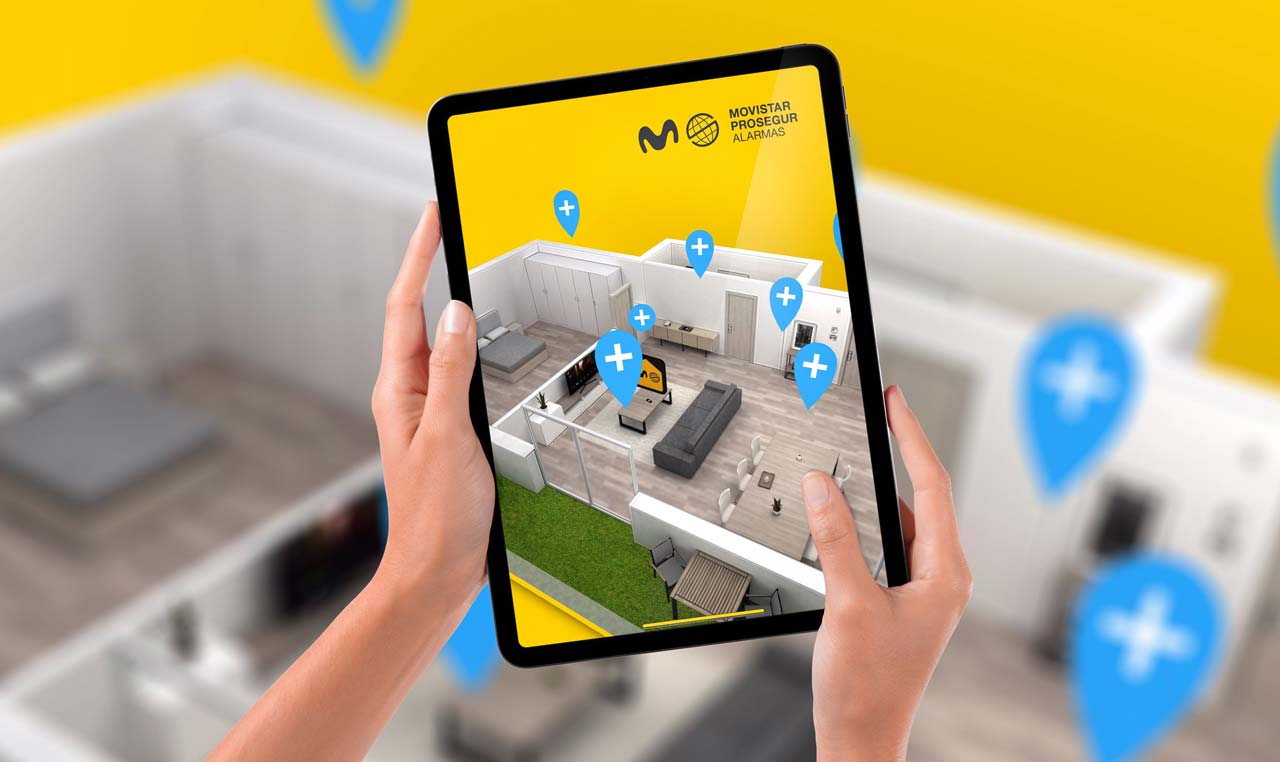
Mixed Reality Projects with Imascono
Mixed Reality projects are going to play an increasingly important role in our society and in the engagement with the companies, revolutionizing the way we interact with the digital world and opening up a range of creative and innovative possibilities.
In short, since Imascono we know that the experiences of Mixed Reality are a window to a world of infinite possibilities.
Merging the real world with the virtual world, these experiences defy the limits of imaginationtransforming various fields, sectors and campaigns to enhance the relationship between the brand and the users.
Discover nur Mixed Reality service. ¡Contact us at!
